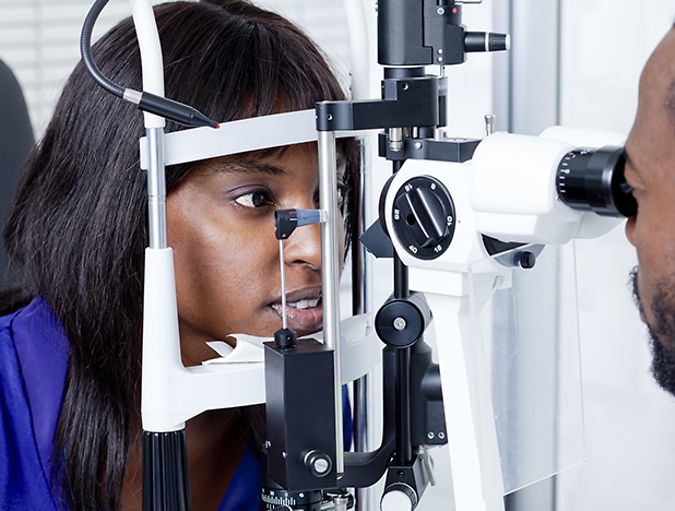If you suffer from regular headaches or tired eyes, have trouble reading and watching television, or need to squint to see properly, you could be experiencing the common eye condition, myopia. Also known as near-sightedness or short-sightedness, myopia is an eye disorder caused by an irregularly-shaped eyeball or cornea (the clear, dome-shaped front surface of your eye). Making distant objects appear blurred, this vision problem can develop during adolescence and affects up to 1 in 3 people in the UK alone.
But are there steps you can take to avoid developing myopia? How can myopia be treated and what are the signs to look out for? Our expert opticians are here to help, covering the important facts that you need to know about the condition.

